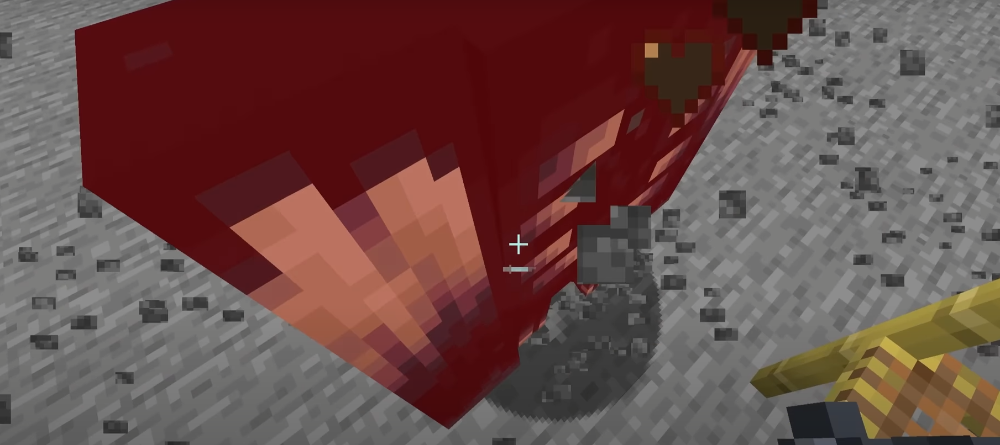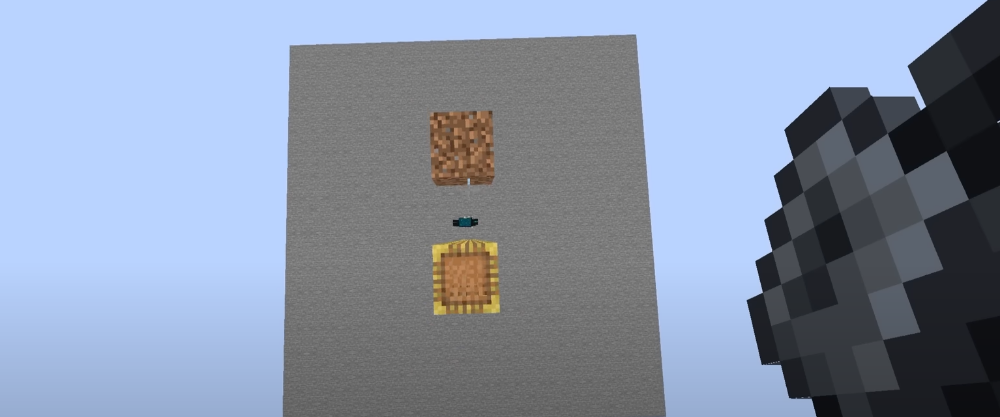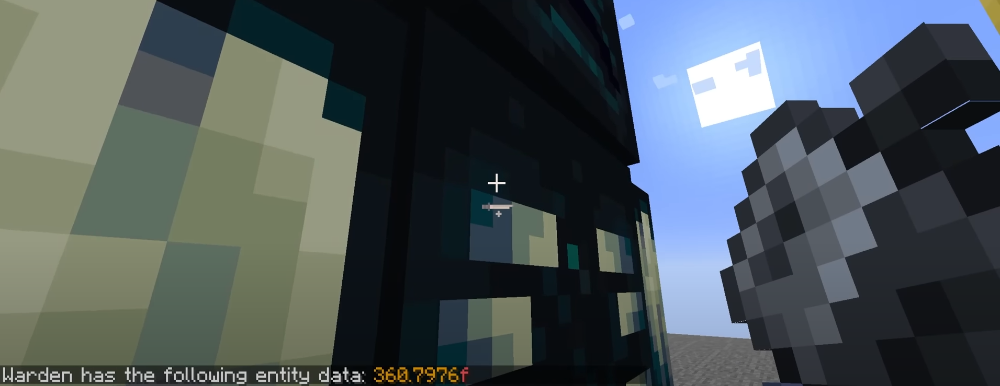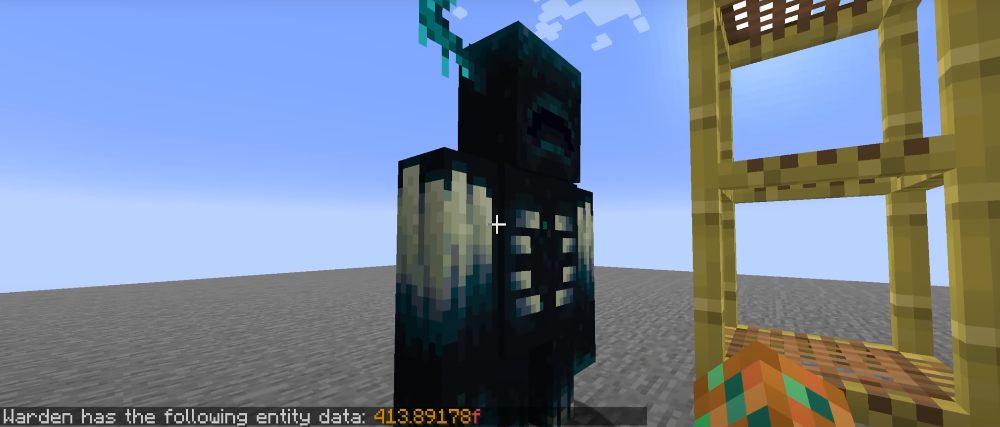Mace vs. physics: who beats whom in Minecraft
- Android: 8,0+🕣 Updated
- CategoryInstructions
![Mace vs. physics: who beats whom in Minecraft]()
Hi everyone! Recently an idea popped into my head that seemed a bit crazy at first. What if the new mace’s damage depends not only on jump height, but also on… gravity? Sounds like a question for true explorers of the cubic world, and of course I couldn’t resist. I decided to run a full experiment and find out how fall speed affects the power of this remarkable weapon.

Preparing for gravitational madness
The first thought was simple: we need a controlled environment. To get clean results, I built two identical arenas. In one I created “high gravity” conditions with effects, and in the other — “low,” almost space-like. The jump platform height was strictly the same — 30 blocks. Below, I placed several “dummy” mobs with identical armor levels to keep it fair. I repeated each jump and hit multiple times, carefully logging the results. Honestly, prep took longer than the tests themselves, but science demands sacrifice!

Hit mechanics: when speed decides everything
As you know, the mace deals extra damage if you hit a mob at the exact moment of landing. But a key detail emerged. Under low gravity I fell slowly and smoothly, like an astronaut on the Moon. The strike was precise, but the damage bonus was minimal. Under high gravity, the fall was rapid, and a well-timed hit dealt absolutely colossal damage. It was wild! Knockback also changed: with a fast fall, mobs were flung aside much harder. I also noticed that the “Weightlessness” enchantment became my best friend, saving me from silly deaths, while elytra only got in the way here by altering the trajectory.

Observations and numbers on a napkin
Even without lab tools, the takeaways were clear. In the high-gravity arena I could drop armored foes with one, at most two, jump hits. In low gravity it took three or even four of the same attacks. This clearly shows that damage mechanics in Minecraft hinge on terminal fall speed. In practice, this means that in tight dungeons where you can’t build speed, the mace may lose to the sword. But in open areas or boss fights where you can drop from height, its potential fully unfolds.

My verdict: a smart weapon for tacticians
So, what do we have? The mace isn’t just a blunt-force club. It’s a tactical weapon that rewards prep and an understanding of Minecraft’s physics. My take: it doesn’t replace the sword; it complements it. The sword is your pick for quick skirmishes in narrow corridors. The mace is for the decisive blow, crowd control in open ground, and for those who like to plan their attack. Its power directly depends on your ability to build speed before impact. This test only confirmed how deep combat can be in our favorite game.
Of course, all my trials were done on a preview version of Minecraft, and things may change by release. What unusual mace experiments have you tried? Share your results and ideas for the next tests in the comments
- publishedMceadmin
(Google Ads) Privacy Policy and Terms of Use






































































